[Gallery]
Graham Dunning
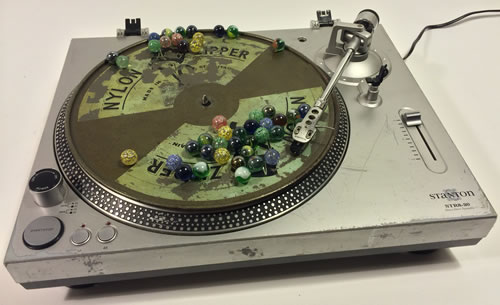
As an artist I make things in lots of different formats, but generally to do with either sound objects or found objects in some way. My background is in experimental music and this continues into the art I make and how I go about it. I use experimentation and play as a main part of my music-making process. I also like to set myself restrictions for my projects similarly to the way scientific experiments are conducted. I often try and repeat a visual process with audio, and vice versa.
Music by the Metre
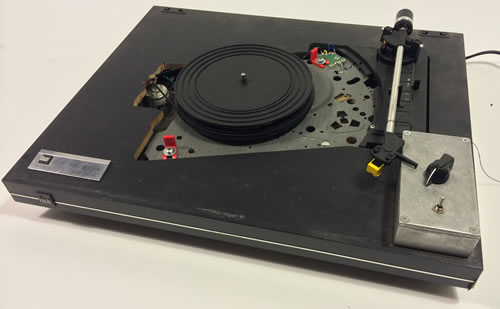
In this ongoing project I create abstract music using automated machines. The output is a series of recordings and various performance-installations.
Giuseppe Pinot-Gallizio was a founding member of the Situationist International, and created Industrial Painting, or artworks created by machines which would automatically create abstract expressionist paintings on large rolls of paper. Music by the Metre is an audio homage to the techniques and ideas of Pinot-Gallizio.
Gallizio’s industrial painting was intended to flood the art market with affordable abstract paintings, sold by the metre, to cause inflation and devalue art as a commodity. In Music by the Metre I fill spools of tape with abstract audio to sell by the metre. One of the iterations of the project is a Kiosk or market stall where I sell these metres of music, or more frequently give away free samples. The transaction is redundant, as for most people a twenty-one second strip of music in an obsolete format is useless.
The recordings are made using a collection of repetitive or continuous sound sources, which all play concurrently and with different lengths. The composition of the pieces is in making the pieces fit together, balancing the elements and layering up different rhythms into a collage which is ever changing but ever the same.

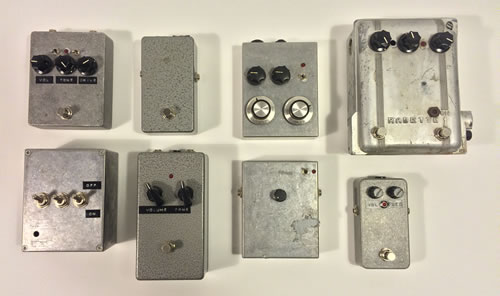
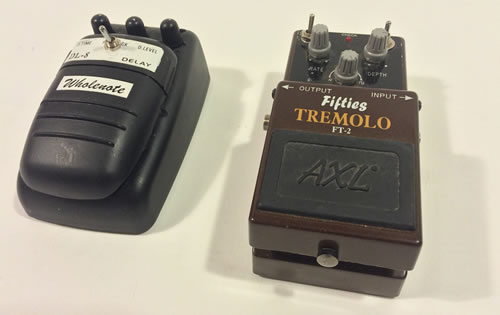

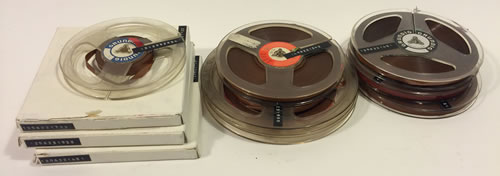
Mechanical Techno — Ghost in the Machine Music
This project grew from some of the techniques and setup used in the Music by the Metre project: the basic idea was to build a music making machine, then to perform a live dub on its output to release the ghost in the machine. Lee Scratch Perry described Dub as “the ghost in me coming out” — this informed the project. I use the mixing desk as an instrument and employ standard dub techniques and effects (and their cheap digital equivalents) to shape the sound: channel EQs, spring reverb, digital delay with analogue feedback, external EQ.
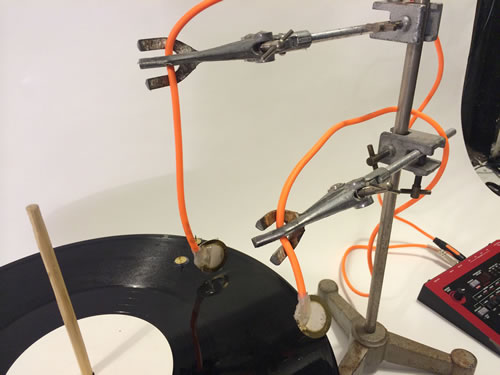
After seeing a video in which Vinyl Terror & Horror had several altered records stacked up, turning at the same speed on one platter, I realised I could use the same technique to make several records play at the exact same speed. I used some of the techniques with looping records from the Music by the Metre project and developed some new ones.
Again, the main part of the composition is in building the machine itself. Each loop is selected to work with the others so that each part can be brought in and out in the live dub. This project works mainly to create studio recordings. The setups are often quite complicated and subject to various chance aspects: a small accidental pull on a cable might physically move the tone arm, resulting in a completely different loop. Leaving the machine running for too long whilst preparing the setup might lead to the groove wearing down and becoming audibly more noisy. I embrace these accidents as a part of the compositional process and work with them. I also often find these setups very frustrating — what might be very straightforward to do on a DAW (for example, setting up side-chain compression on a certain channel) might mean rewiring a whole section of the setup and potentially losing the “magic” that existed beforehand.
One of the rules I have set myself in the project is always to push on to do such bothersome additions when I’m becoming frustrated with the setup. I am also collecting recordings without having a specific output in mind: with each setup I perform several live dubs, which can range from three minutes to over an hour, collate the recordings and dismantle the setup. I plan to go back and edit some cuts from these dubs at a later date.
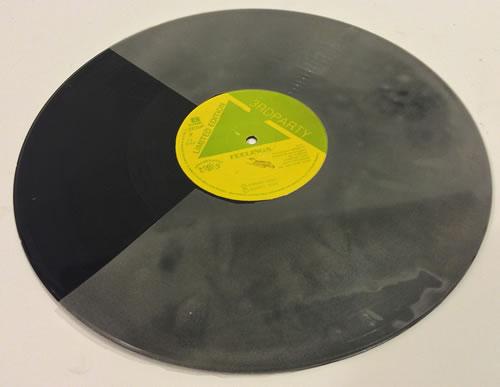

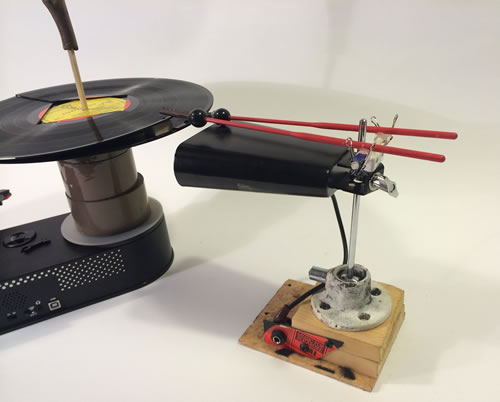
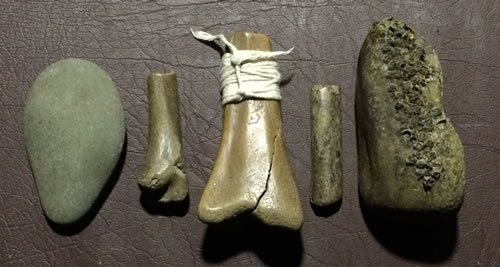
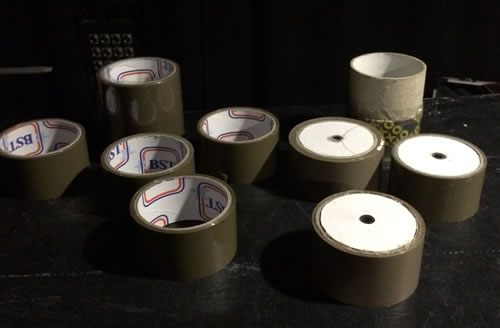
Webster / Dunning Duo
Part of my practice involves free improvised music in various ensembles, one of which is a duo with saxophonist Colin Webster.
Colin plays tenor and baritone saxophones and clarinet, exploring a strict palette of minimal sounds with an emphasis on breath and mechanical noises over pure or natural notes. No effects or external processing are applied to the saxophone sound.
My own intention in this project is to limit myself to a specific set of objects, and to explore non-musical or noise-based sound sources as opposed to sampling or playing records.
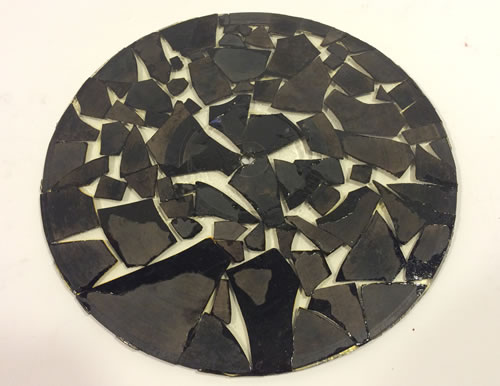
I use cheap DJ turntables and dubplates of my own field recordings, avoiding scratch DJ techniques in favour of an assortment of noise, hum, crackle, drone and scraping sounds. In parts I also play the platter itself, the case and lid, and use brushes, dentistry tools, animal bones, marbles and pencils in sound making.
The dubplates themselves mainly come from site specific installations, video pieces or records made especially for specific performances: I recycle them for use in the live performances. I also play with metal and glass disks, test tone records and a mosaic record of pieces of shellac set in resin, itself from another installation.
In some recordings and performances I have used amplified objects, walkmans and a delay pedal. Sometimes I record the early part of the performance to a tape-dictaphone and later manipulate this recording as a part of the set. Other tapes I use are field recordings I have made from other projects or found tapes of people talking: I avoid sampling pre-recorded music in this project and focus on hiss, hum and button sounds.
I employ feedback through the stylus of the turntable or the walkman tapehead; earth hum from an unplugged cartridge; occasionally a contact mic through the mic input of the DJ mixer.

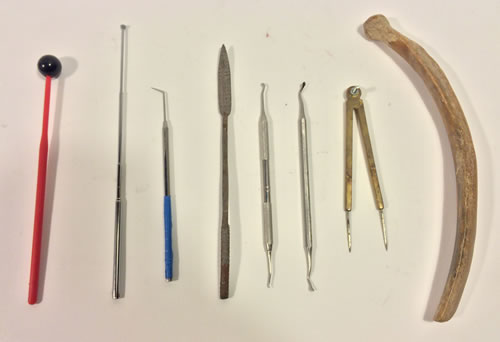

Social top